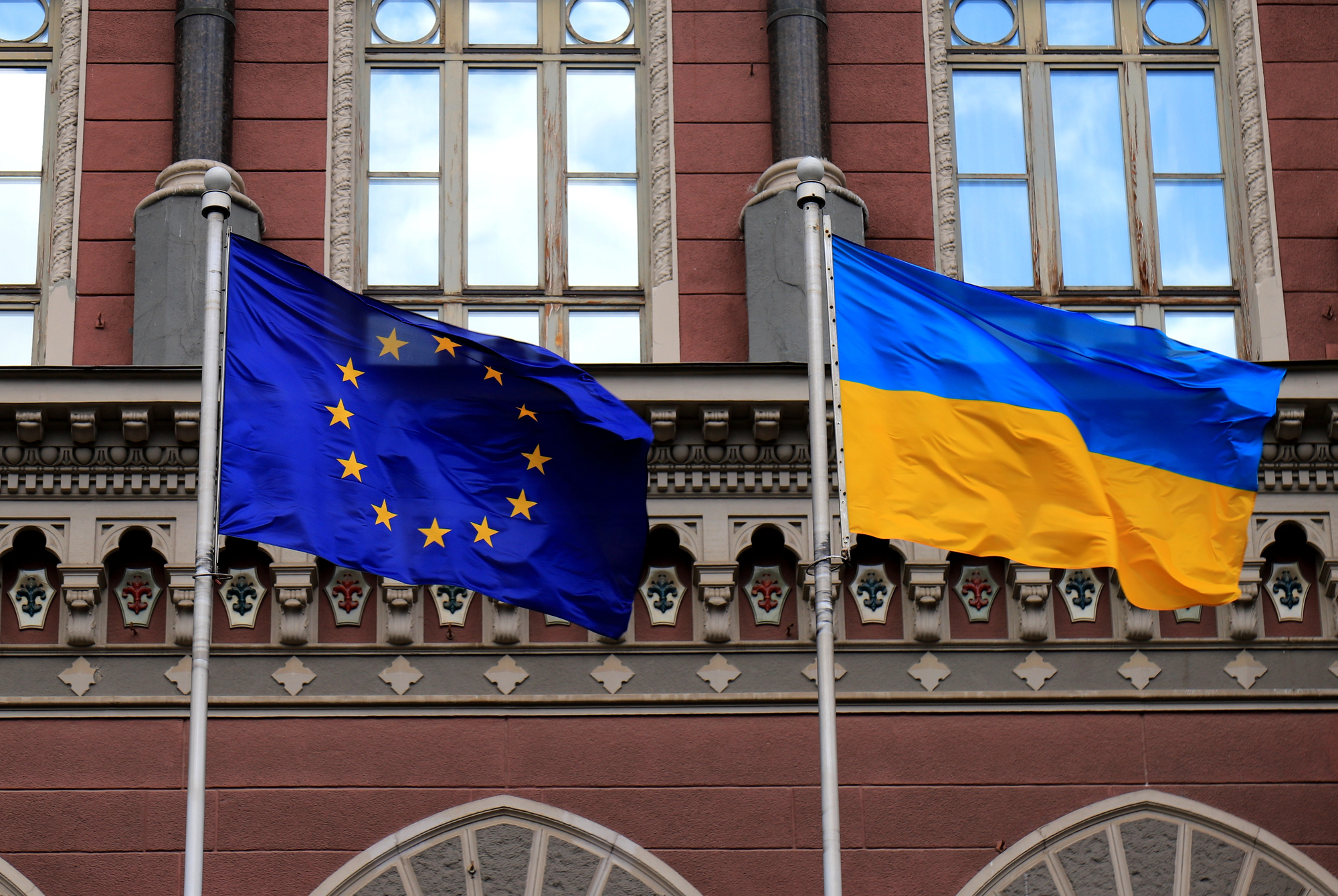The COVID-19 pandemic is unquestionably holding the top spot on the latest news. The information noise generated around the infection and international reports of success or failure to combat it often create a sense of distorted reality, as readers do not always have access to proven information. Along with the inconvenience of anti-epidemic measures, this deepens anxiety, misunderstanding of the importance of quarantine and self-isolation for the continued well-being of the population and stabilization of the economy.
How is COVID-19 different from infections already studied?
The WHO site has traditionally contained a section on prioritizing research work on infectious diseases that are potentially a global threat. Among these diseases are two coronavirus infections: MERS-CoV (Middle Eastern Respiratory Syndrome) and SARS (so-called “atypical pneumonia”). And the list is closed traditionally by “Disease X”, that is, the next global infection caused by a pathogen (germ), about which threat to humanity we do not yet know. In the scientific community, disputes about “Disease X” have not been resolved. For example, researchers at biotechnology company The Native Antigen Company in November 2019 noted: iit is highly likely to be caused by one of the representatives of the coronavirus family, since these strains (species of microbes) are characterized by rapid mutations, lack of immunity in humans, the possibility of interspecies infection transition (from animals to humans), easy transfer to health care facilities and rapid spread in the air. As we can see today, they were not mistaken.
COVID-19 and SARS have many things in common – part of the genetic information, origin and transmission pathways. However, finding successful methods to combat a new pandemic depends not on similarities but on the factors that differentiate the two viruses: COVID-19 is characterized by better transmission ability and a different severity of the disease: more patients have mild symptoms, so they often go unnoticed by epidemiological service, which means that they spread the infection more actively to the population.
In the case of SARS, progress in overcoming the 2002-2003 epidemic was achieved through rigid but typical measures: active detection of patients, their further isolation, tracking and quarantine of all contact persons, and social distancing. It was the SARS epidemic that saw the widespread adoption of thermometry (temperature measurement) in public facilities to identify those infected in Singapore. To prevent the infection from spreading around the world, some air carriers have closed connections with the infected areas. This, together with the thermometry of passengers at airports, prevented further outbreaks in different countries.
Which is better – quarantine or “group immunity”?
Epidemiologists at London’s Imperial College have been able to create the best mathematical model for the possible course of a pandemic. Scientists conclude that there are two fundamental strategies for combating coronavirus:
- mitigation – measures aimed at “smoothing the epidemiological curve”, ie reducing the number of simultaneously infected persons: widespread testing, rapid detection of infected persons, investigation of each case and finding all contact persons with their further isolation. This approach reduces the burden on healthcare facilities: if fewer patients are admitted to the hospital simultaneously, more resources will be available for each of them and more opportunities to get the help they need. However, the pandemic cannot be stopped in the short term.
- suppression – tough measures (in fact, a lockdown) aimed at minimizing the number of people infected. Thus, the frequency of transmission of the virus to healthy people can be drastically reduced. But the impact on social and economic life will be much greater.
British researchers believe that the first strategy, while reducing the number of people in need of medical care, still will not help to avoid an excessive number of hospitalizations. Even the health systems of developed countries may not cope with the workload that Italy illustrates. In the long run, this means the inevitable hundreds or thousands of deaths from a coronavirus that could have been avoided if the needed capacity (beds, ventilators, personnel) of the healthcare system were available. The second strategy is to better control the pandemic. But tough measures to isolate the population cannot last very long. Governments therefore need to develop a plan to periodically reduce anti-epidemic measures if the number of new diseases starts to decline and to temporarily increase them when the percentage of infected people increases again.
Why did the coronavirus spread so fast?
In recent years, the behavior and activity of people in the world have changed. Thus, over the past 10 years, the number of Chinese tourists has increased at least four fold. In addition, China’s population has grown by more than 100 million since 2003, resulting in a more crowded population in urban areas. For example, Wuhan is one of the largest metropolitan areas in China, with a population of about 10 million people (Kyiv’s population is about 3 million).
The variety of manifestations of coronavirus infection affects the effectiveness of anti-epidemic measures. Even the most rigorous surveillance measures will not identify all patients with mild to moderate disease. For example, according to available data, thermal screening at airports will not detect about 46% of patients with coronavirus because of the high likelihood of asymptomatic virus spread.
These features of the infection contributed to the rapid spread of COVID-19 infection. At the same time, the primary response of the Chinese authorities was ineffective and the seriousness of the problems was hidden by the local authorities.
Although cases of “pneumonia of unknown origin” were discovered back in mid-December and the market from which the disease was spread began to close on January 1, over 40,000 families in Wuhan gathered on the streets of Wuhan on January 19, 2020 The New Year feast arranged by the city authorities. The mass gathering of people at a time when official cases of coronavirus infection had already been identified accelerated its spread. A few days before the closure of the city, many Chinese tourists traveled in honor of the upcoming Spring Festival with domestic flights, as well as to nearby countries. This led to the spread of COVID-19 to other provinces in China and the export of infection to South Korea, Taiwan, and Thailand. Wuhan was closed only 23 days after the first case of coronavirus had been recorded.
Why is early extensive testing needed?
WHO advises testing as much as possible to “not extinguish a fire blindly”.
In about 80% of patients the disease goes with minimal, moderate or no symptoms at all. This is why mass testing at an early stage, with subsequent isolation, slows down people’s infection rates. From the example of South Korea, it can be seen that the early widespread introduction of diagnostics has a positive impact on the mortality rate (Table 1), while the Italian scenario is an increase in the rate of diagnosis due to increasing concern that results from high mortality.
Table 1. Rates of testing in different countries
| Country | Tests per 1 mln of population | Infected | Deaths |
| USA | 313 | 55,416 | 789 |
| Czech Republic | 1092 | 1,497 | 5 |
| UK | 959 | 8,227 | 433 |
| Austria | 1777 | 5,588 | 30 |
| Australia | 4473 | 2,431 | 9 |
| Italy | 3498 | 69,176 | 6,820 |
| South Korea | 6148 | 9,137 | 126 |
| Ukraine | 21 | 113 | 4 |
Sources: testing(20th of March), infected and failed to recover (25th of March)
In Ukraine, as of March 25, approximately 900 people were suspected of having coronavirus infection. Obviously, this is not enough to detect a larger proportion of those actually infected. The limited number of test systems does not allow to check all potentially dangerous cases, and health workers are forced to compromise, inevitably missing the infected, especially if they are asymptomatic. For comparison, in March alone, about 23,000 coronavirus tests were conducted in Poland
What has happened in Italy?
The high mortality rate (the ratio of deaths from a particular disease to the number of those suffering from it) from a coronavirus infection in Italy is difficult to explain by one factor alone. Part of the researchers are appealing to the rate of COVID-19 diagnostic tests: the greater the number of infected detected, the less deaths caused by the coronavirus will go unnoticed.
Another factor in trying to explain the higher than expected deaths in Italy is the proportion of older people in the population. Indeed, the median age of the population in China is 37 years versus 45 in Italy.
Knowing that the risk of death is much higher for people over the age of 60-65, it is easy to explain why the mortality rate between countries differs 2.5-3 fold. However, if we place the countries of the world by the share of people over 65, we will see Italy in second place (23%), and Germany in fourth – 21%. However, the mortality rate of coronavirus in these countries differs more than 10 fold. Why exactly – is not clear at this time.
World experience
Given the lack of specific treatment and vaccination for coronavirus at least in the upcoming year, it is necessary to further reduce the rate of infection. Much valuable experience can be found in the anti-epidemic measures of a century ago during the 1918 Spanish flu pandemic H1N1.
Early and decisive measures to quarantine the population are critical. In the midst of the epidemic, Philadelphia officials decided not to cancel the parade scheduled for October 1, which led to an outbreak – just three days after the parade, all the city’s hospital beds were overcrowded. At the same time, after the discovery of the first cases, the leaders of St. Louis introduced strict quarantine and closed educational establishments, institutions of public and cultural importance. Work shifts at enterprises have been adjusted to minimize employee contact with each other. In a few days, the number of sick and dead in both cities differed tenfold.
But how far in the strictness of quarantine are governments of different countries ready to go in the 21st century?
The Chinese strategy in Wuhan was unprecedentedly rigorous: from the first hours of the announcement of a “lockdown” the entry and exit of all vehicles to the city (including medical transport) was blocked. The closure of schools and shops (except grocery stores and pharmacies) has been extended indefinitely. Measures of internal isolation of citizens at home were also stricter on a daily basis. After all, only one person was allowed to go to the grocery store every few days for each household. During this time, responsible persons inspected the homes to assess the condition and identify new patients. Today it is too early to say whether these measures have reached their goal: On March 19, Beijing announced the first day of non-communicable infection within the country. However, on March 24, Chinese doctors found 4 cases of internal infection in the country.
The response of different countries to the spread of coronavirus infection was not the same.
For example, in the UK, the initial strategy was dictated by political rather than epidemiological reasons. Prime Minister Boris Johnson has said that the nation must create herd immunity to protect itself in the future. In practice, this meant a virtually complete absence of quarantine and self-isolation measures, which would have allowed the country to quickly cross the peak of morbidity, but would also endanger the lives of the most vulnerable. However, with the onset of the continent’s catastrophe, concerns have increased among the population and the government. Finally, on March 18, authorities were forced to close educational establishments, food outlets and cultural centers.
In Germany, the government did not delay closing schools and banning mass gathering. A large number of tests made it possible to identify and isolate the infected on the one hand, and to provide early medical care without expecting a serious deterioration of the condition. A well-developed network of medical facilities and equipment provide means of stabilizing the social and economic situation in the country.
France’s response was balanced and considered the experience of its neighbors. The government recommends that the citizens limit the number of contacts and leave the house only to go grocery shopping or attend hospital. In addition, they postponed the elections. School closures have been in place from March 13 for an indefinite period. In France, however, physical activity outside the home is allowed, however, only individually. Other citizens in the street must confirm their need to be outside with special documents, otherwise they may be subject to administrative penalties. More than 4,000 fines have already been given, which causes widespread discontent in the community.
Italian politicians initially ignored the potential risk of an pandemic and stressed that the disease should not affect the daily lives of citizens. Very soon the number of patients exceeded all the most pessimistic expectations and forced Italy to introduce the most stringent quarantine and isolation measures on the European continent. Lockdowns that began in the northern provinces have now spread throughout the country. However, over 40,000 people have already violated the rules of self-isolation and travelling. A large number of patients (including critically severe) cause an excessive burden on the health care system. Doctors are forced to refuse resuscitation to most severe patients who are less likely to survive due to other chronic illnesses. Most of the manufacturing, except for the vital, is suspended. The country is experiencing the deepest crisis since the Second World War.
Iran went the same way of ignoring the problem at first. The government systematically denied the outbreak of the infection and slowly introduced quarantine. This has led to a high level of the disease among both the general public and high-ranking officials. The central government has been almost paralyzed for a while, and is only now gradually regaining control of the epidemiological situation. The daily death toll exceeds one hundred and doctors predict a “second wave” of infection.
The action plan in Israel was immediately decisive. The government closed borders with neighboring countries and coordinated with intelligence services to deploy anti-terrorist digital technologies to combat the spread of coronavirus. Mobile devices are used to track the movement of people and their possible contacts with the infected. This raised the question of how much the state has the right to interfere in the personal life of citizens. However, at present, these measures have reduced the incidence rate and the proportion of deaths is only 0.2% (for comparison, in Italy it is 4.5%).
In the Table.2 we list the measures undertaken by some countries
Table 2. Measures implemented in different countries
| Country | Travel restrictions | Recommended self-isolation | Shutdown of restaurants, café, etc | Widespread testing | Lockdown of cities and towns |
| Australia | + | – | – | – | – |
| China | + | + | – | – | + |
| France | + | + | + | – | – |
| Germany | + | + | + | – | – |
| Iran | + | – | _ | – | – |
| Italy | + | + | + | + | + |
| Japan | + | + | – | – | – |
| Singapore | + | + | – | + | – |
| South Korea | + | + | – | + | – |
| Spain | + | + | + | – | + |
| USA | + | + | – | – | – |
| UK | + | + | + | – | – |
Source: USA Today
Today, there is no doubt about the need for early and decisive introduction of social distancing, self-isolation, the closure of educational institutions and most community events, as demonstrated in China. Instead, the same actions, but delayed, do not have the desired effect. This explains the high number of patients and deaths in Italy.
The question remains whether rigid quarantine measures will help to avoid new outbreaks of COVID-19 in regions where the incidence peak is already behind? It takes time and new epidemiological data to address this problem.
What to do next?
Coronavirus infection policy should be developed in close collaboration with the epidemiological services, with a clear understanding that it will not be possible to avoid social and economic losses in a pandemic.
That is why there is a need to set clear priorities:
- slowing the growth of new cases at the same time introducing widespread coronavirus testing,
- an emphasis on self-isolation of citizens, which requires good communication with the public,
- development of clear logistical schemes for providing medical assistance to the population, which can only be ensured by decisive administrative actions to allocate and concentrate the available resources of the health care system.
At the same time, the authorities are tasked with finding the necessary balance between restrictive measures and minimizing the negative impact on the economy, as the process of dealing with the effects of a pandemic is extremely costly. Already, indicators of the world economy are showing a fall as a result of a decrease in trade volume, restrictions on the volume of some industries and a decrease in the volume of services provided.
Attention
The authors do not work for, consult to, own shares in or receive funding from any company or organization that would benefit from this article, and have no relevant affiliations




